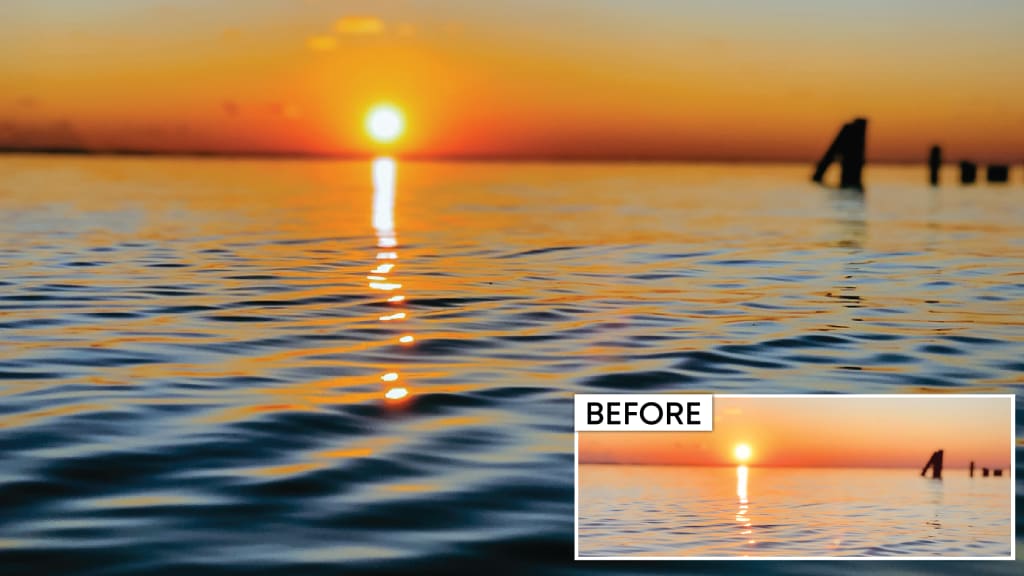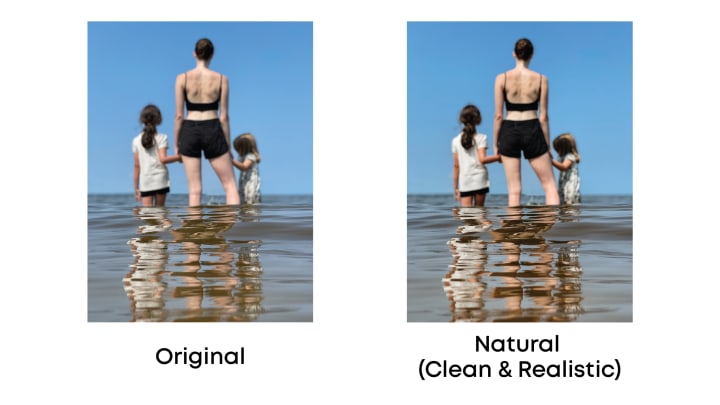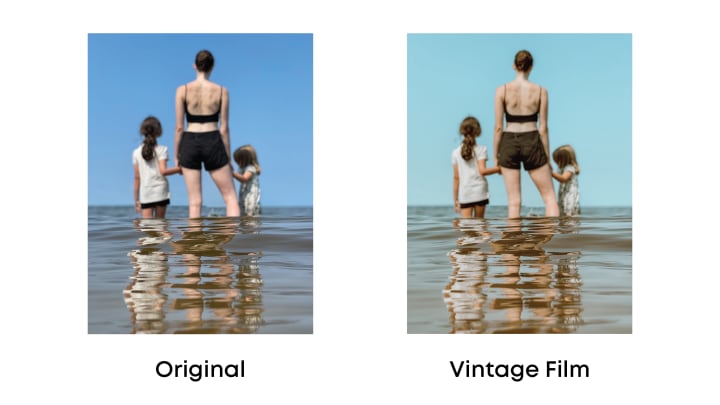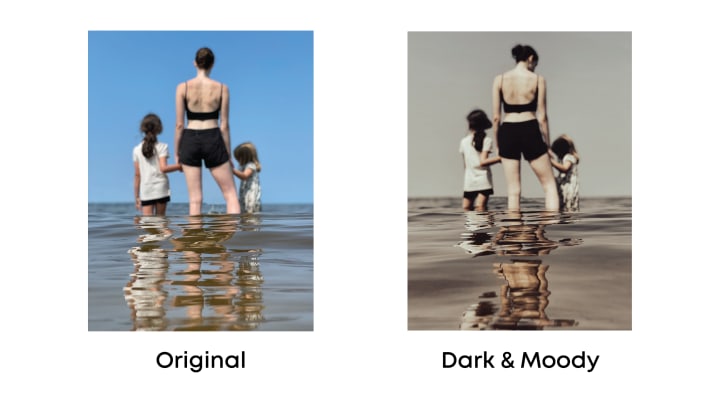
Each photo editing style evokes a unique emotion; simply lightening shadows creates a welcoming environment. In contrast, the same photo with darkened shadows heightens the photo’s dramatism and edge. Here are seven common photo editing styles that photographers use to create a photography experience you can feel!

Natural (Clean & Realistic) - Are you wondering why a natural style even exists? Maybe you’re laughing to yourself right now thinking that photographers actually try to make a natural photo look natural – I get it, and I’m laughing too. Editing photos to look clean and natural as possible is very necessary for any picture. This editing style uses color correction, contrast enhancement, white balance adjustment, saturation and tonal correction, and sharpness and noise reduction to achieve a natural look. As a photographer, editing raw photos is still necessary, this fact is why: when you take a picture you have very little control of your environment. The control you do not have in the physical environment, you will have while editing. This editing style is the basic style used by editors and applies to every photo, regardless of settings or background. A natural looking photo is timeless and should be a go-to for beginner editors.

High Contrast - High contrast editing creates a dramatic and edgy appearance. High contrast is when there are two highly contrasted areas – Duh! Right? This editing style primarily concerns itself to the light and dark areas in the photo. Meaning, the light and dark areas in your photo will be more dramatic. High contrast uses preexisting shadows and darkness to create contrast against the color in the photo. This editing style creates clarity using shadows and tones and is great to use when there is a subject or element that you want to draw attention to in your photo.

Black & White - When black and white photos are professionally edited, they should use mid-contrast. Using mid-contrast in black and white photo’s preserves details; by using a traditional black and white photo filter, you may lose detail. This look is easy to achieve, but you may need to adjust the sharpness, contrast, blacks and whites. Black and white photos remove the distraction of color and provide depth; allowing the viewer to focus on the main subjects of the photo. In addition, the warm black and white editing style can be used for casual portraits and landscapes, and is a brighter alternative to traditional black and white photos.

HDR (High Dynamic Range) - Have you ever seen a beautiful landscape or building and thought, the pictures just won’t do this place justice? HDR means High Dynamic Range, this photo editing style is AWESOME for landscapes and architectural photography. Dynamic range is the distance of intensity of the lightest tones to the darkest tones in your photo. The higher dynamic range your photo has the closer the photo will resemble how human eyes perceive a scene. Using HDR to enhance your photo magnifies details in the shadows and highlights that your camera may not capture. HDR = what your eyes see, not just what the camera captures.

Vintage Film - Vintage film is an editing style that is quickly coming back into popularity! This editing style mimics the style of old film cameras when photos were originally developed in the darkroom. Vintage film is an editing style with a matte finish, less vibrant or saturated colors, and heavier grain. Vintage film is an aesthetic that photographers use to draw on feelings of nostalgia; this style is great for casual portraits, outdoor photos, and abandoned buildings.

Dark & Moody - Dark and moody editing darkens shadows and draws the viewer’s attention to the highlights in the photo. Usually, the subject or object in the photo will be highlighted, and the background shadow will be edited darker and heavier. This photo editing style is great for evoking emotion in the stillness of the photo.

Influencer (Light & Airy) - This style of photo editing is very popular among social media influencers and social media users. The light and airy style used by most influencers impressively establishes a cohesive feed and brand. This style brightens white, improves highlights, and reduces contrast and shadows to achieve a cleaner, bright aesthetic.
Bonus Tip! - Before you edit your photos, know the file type you are editing. Did you take the photo on your phone or on a digital camera? Do you know what file type your device uses to store your image? The file type is important! Raw files, store more color data, have a uniform tone and more editing options. JPEG images have fewer editing options because the white balance automatically applied by the camera cannot be undone. Knowing your image file type will streamline the editing process.
About the Creator
Kat Fitch
I'm a communications and graphic design professional with a B.A. Comm. and pending M.A. My work is rooted in communication, design, and illustration, to educate, inform, and inspire others to build healthier and stronger communities.






Comments
There are no comments for this story
Be the first to respond and start the conversation.